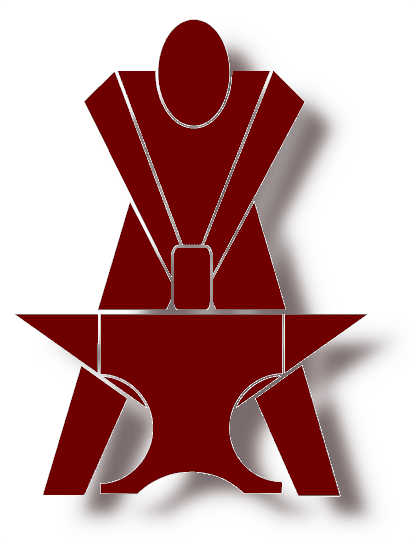



Leland Field Engineering BulletinTurning of Brake Drums and Use of Oversize Lining on Cam-Braked Vehicles
The practice of turning brake drums to excessive diameters and installing oversize lining is confusing fleets that also run hydraulic medium-size trucks.
Hydraulic brakes with the "star wheel" type adjustment can compensate for maximum allowable drum sizing. The star wheel allows for enlarged diameter compensation: Simply adjust the star wheel out to compensate, and the wheel cylinder will do the rest. This practice works only to the maximum turned diameter stamped on the drum. There is a difference between the allowed "turned" diameter and the maximum "wear out" diameter determined only by the fleets, based on records of wear and their assumption of liability if breakage occurs in service. It should also be pointed out that the loss of cast iron material will affect heat dissipation of the turned drum, the rate of brake fade occurrence, and the wear rate of lining due to excessive heat buildup.
Camshaft-operated brakes are very different. There is no star wheel adjustment, and the anchors are not adjustable to allow for excessive diameter in the drum. The 0.75" geometry in standard "S-Cam" brakes (4515 or 4311) calls for replacement of the lining at 0.25" remaining lining thickness. The camshaft has a 0.5" lift factor (0.75" minus 0.25" equals 0.5"-the Cam Lift Factor) and is installed to the various manufacturers' geometry setup. If a drum is turned out to 0.060" oversize and standard lining is installed, loss of initial lining to drum contact is sufficient to cause premature brake fade or a driver complaint of a hard-to-stop vehicle. This can be eliminated by installing oversize block, so that necessary square inches of contact to the drum is restored by replacing the drum loss with lining gain. However, this will still cause some premature lining fade due to the "mass" change in the drum. The thinner the cast iron on the contact surface, the better chance of fade and the greater chance for breakage.
Due to the "fixed" geometry, a cam brake can only utilize up to 0.5" lining thickness-the cam only lifts 0.5" and the anchors are not adjustable leaving usable lining when "cam rollover" occurs. Therefore, if a drum is 0.060" oversize, 0.030" of usable lining will remain on each shoe. Since oversize lining cost is 10% to 30% more than standard lining, Cost Per Mile is a key issue in lining to drum contact issues. ..Is it worth it?
Many over-the-road fleets do not turn drums, but wear out two sets of lining to one drum and then replace the drum. Some fleets that like to turn drums for concentricity, only turn them once to approximately .060" to .090." This is determined by the individual fleet's cost analysis and their liability concerns.
It is very important to remember that the best braking a vehicle can experience is when the lining to drum contact is at 90 to 95% positive contact. The square inch to BTU Ratio will keep the lining surface at a lower temperature and help eliminate the possibility of brake fade occurring. The heavier the drum mass, the better the heat dissipation to the atmosphere.
Always check or replace brake hardware for optimum performance and lining wear.
Robert E. Saunders Copyright © Leland parts, Inc. Used with permission |